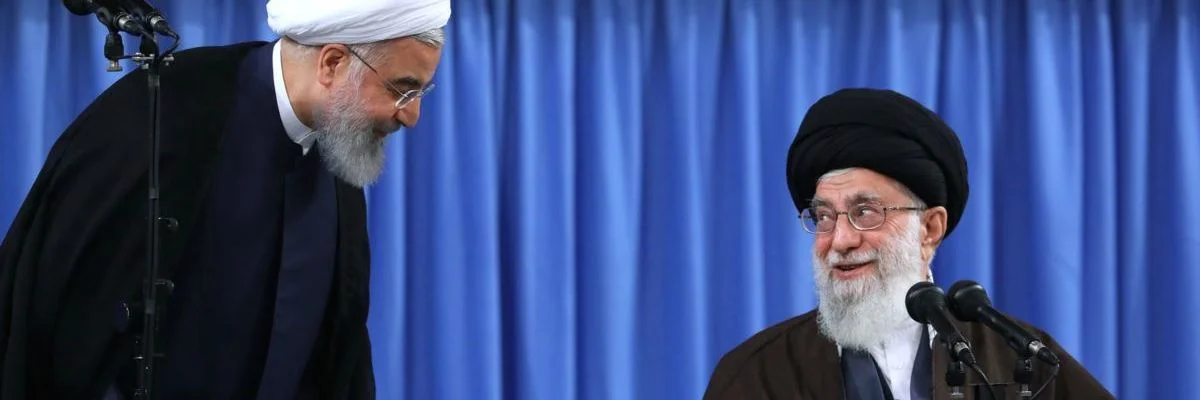Iran Launches Ambitious Housing Program to Boost Sanctions-Hit Economy
With the Iranian rial undergoing a sharp devaluation over the last year, driven by a combination of sanctions and domestic mismanagement, wealthy Iranians have poured their savings into the property market, causing house prices to surge even as sales have fallen. The impact of higher house prices has contributed to inflation which has further eroded the purchasing power of ordinary families, especially those who rent their homes.
Data released by the Central Bank of Iran shows that the residential average price per square meter in Tehran has now reached a whopping IRR 120 million (about USD 2900), reflecting an increase of 200 percent in just six years. Speaking to reporters about the new data, Peyman Ghorbani, vice governor of the central bank, stated, “In our assessment, most of the problems that are currently occurring in the housing sector of the country are on the supply side… For this reason, we are prioritizing the construction of new housing to balance supply and demand and the bank will help make affordable financing available for construction.”
To help alleviate the strain of rising house prices, the Rouhani administration announced earlier this month that it would begin implementation of its long-awaited social housing construction campaign, which is intended to increase the availability of affordable homes for low-income families. Such a project had been promised by the Rouhani administration for over two years.
The National Action Plan for Production and Supply of Housing aims to construct 400,000 small and medium-size apartments (70-100 square meters in size) across the country and particularly in Tehran, where housing prices have risen most sharply. Of the total number of homes, about half will be constructed in Tehran’s suburban “new towns” such as Parand and Pardis, respectively located in the west and east of the city.
According to Mohammad Eslami, Iran's recently appointed Minister for Roads and Urban Development, the government is hoping to complete the new units by April 2021. While the ministry will provide the land for the new developments, it will only supervise construction, enlisting private sector construction firms who will bid for contracts that entitle them to receive state loans and subsidized building material.
Eslami's predecessor, Abbas Ahmad Akhoundi, was frequently criticized by conservative politicians for failing to address inflation in the housing market, leaving the middle class unable to move-up the property ladder and causing significant hardship for renters. Akhoundi stepped down from his post in October 2018.
The new minister is hoping that expanded supply will help alleviate inflationary pressure and placate critics. The plan has earned praise from key figures in parliament. Ahsan Alavi, the Deputy Chairman of the parliament’s Construction Commission, believes that the project will help reduce inflation, which he blames in part on the re-imposition of US secondary sanctions.
The ministry is also hoping to reduce construction costs by more efficiently allocating funding. New credit cards provided by the ministry will allow contractors to purchase building materials directly from manufacturers—cutting out middlemen and potentially lowering material costs by 30 percent while also helping the ministry track wastage.
However, real estate agents in Tehran are doubtful that the project will have the intended impact. They argue that by the time the new units are completed, underlying demand will have further increased. According to Ashgar Farhadieh, an official with the Ministry of Roads and Urban Development, Iran needs 800,000 new housing units each year, but in the recent years construction has amounted to around 300,000 units per year. By this measure, the delivery of 400,000 units over two years would fail to meet even existing demand.
Foreshadowing the direction that markets may continue to head, in the four weeks immediately following the announcement of the new program, house prices rose a further 12.5 percent, the largest one-month increase of the year.
The agents also point to the failed legacy of the Mehr Housing Project, a similar mass housing project launched by the Ahmadinejad administration to provide housing to low-income families during an economic recession. From the outset, the Mehr housing units were perceived as a populist project rather than a serious intervention in housing markets and drew criticism for poor construction and planning. Mehr units were among the structures which suffered the most damage in the 2017 Kermanshah Earthquake, suggesting that building codes had not been followed. "Unfortunately people do not have a positive perception of mass housing projects," according to a real estate agent interviewed by IRNA.
Unsold Mehr units have been a headache for the Rouhani administration, with as many as 100,000 units still with no prospective buyers largely because of the poor reputation of the developments. Rouhani administration officials nevertheless remain confident that their own housing efforts will prove successful, particularly because their plan relies to a greater degree on private sector builders.
Government investment in construction could help create new employment in communities and boost wages among laborers. Providing housing to low-income families could also help alleviate economic hardship, especially if government assistance can help inflation-hit renters become homeowners.
But some experts warn that expanding housing supply in this way will likely fail to address the rampant price increases at the top of the market. After all, the rising prices for many properties reflect demand for safe-haven assets rather than a lack of available housing supply. Property owners refuse to sell because they believe volatility elsewhere in the economy will drive prices higher. Meanwhile, buyers who are actually seeking a new family home are priced out of the market.
It is emblematic of the economic challenges facing the Rouhani administration that disruptions in the housing market may prove too complex to address through housing programs alone.
Photo: IRNA




